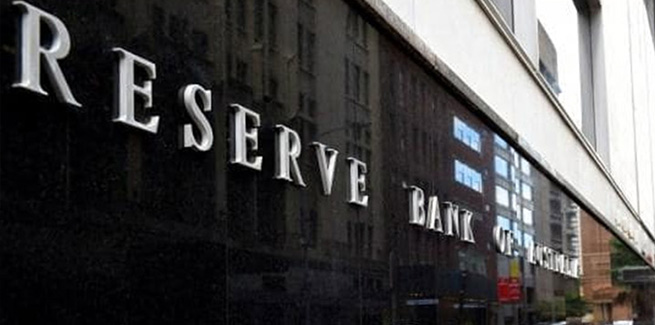The Reserve Bank of Australia (RBA) has held the official cash rate at 0.75 per cent, in line with market expectations.
Analysts are expecting the RBA to save its ammunition, as it monitors the extent to which its reductions in June, July and October have supported its objectives of sustainable growth in the economy, full employment, and 2-3 per cent inflation.
Chief economist at AMP Capital Shane Oliver predicted the hold verdict but noted the benefits of a cut ahead of the Christmas break.
“Given the recent run of weak data on jobs, retail sales, car sales, housing construction, business investment and credit, the RBA’s own forecasts for barely any progress towards reaching its goals over the next two years, and that the RBA sees rate cuts as still working, it should be cutting rates [again] – particularly [given] that the next board meeting is not till February,” he said ahead of the announcement.
Drawing from remarks by RBA governor Philip Lowe, Mr Oliver said they suggest “little urgency” and a preference to “wait and assess” given the “long and variable lags” of monetary policy.
However, the economist added that he is expecting back-to-back cuts in February and March, which would take the cash rate to 0.25 per cent.
According to Mr Oliver, the RBA would then consider quantitative easing (QE) in the absence of fiscal policy stimulus in the federal government’s budget in May.
However, managing director of mortgage aggregator Finsure John Kolenda added that while a reversal in domestic economic conditions is unlikely, additional cuts to the cash rate may have “unintended consequences” and further dampen sentiment.
“In some ways, we should feel comfortable as we haven’t seen rates this low in history and watching them get lower might produce unintended economic consequences that might be less preferable to the ones we face today,” he said.
Nonetheless, Mr Kolenda expects the low rate environment to support consumer spending over the Christmas period.
“The RBA’s rate reductions have been helping to provide consumer confidence with a boost, and they can be comfortable about the fact interest rates are staying low for the foreseeable future,” Mr Kolenda said.
[Related: Unconventional tools out of the question, for now: RBA]
 ;
;
